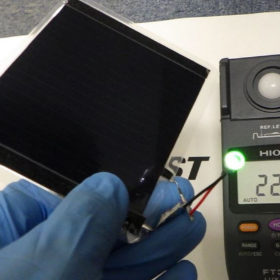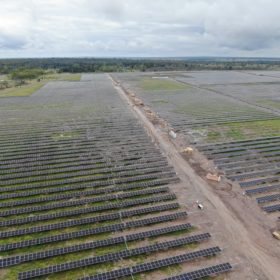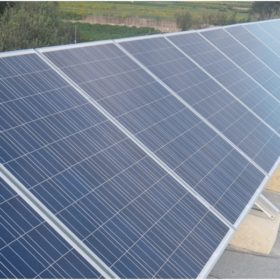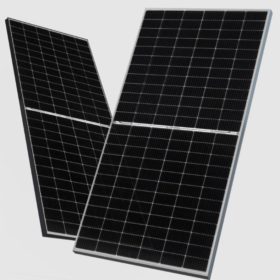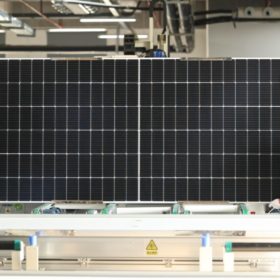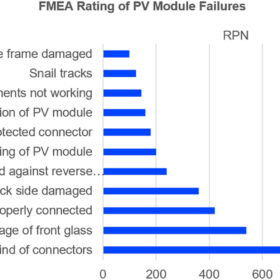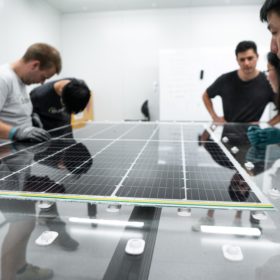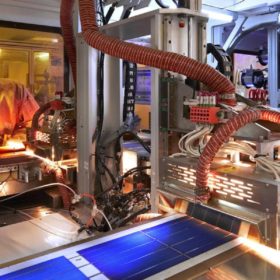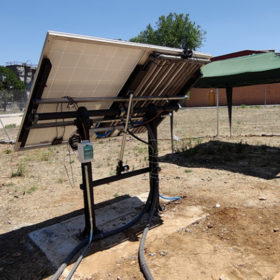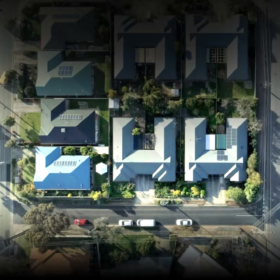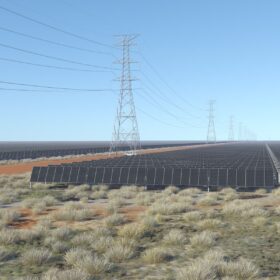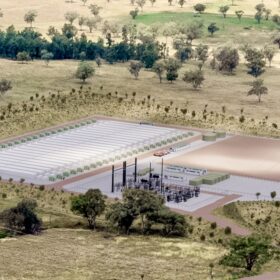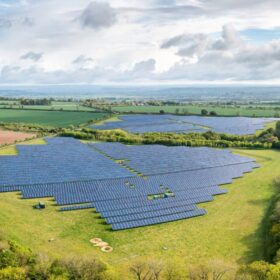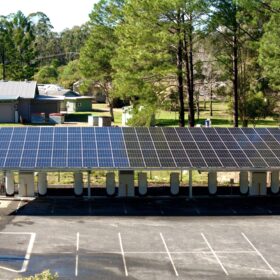Roadmap to achieve CIGS solar modules with efficiencies above 20%
Japanese scientists have described the steps that need to be taken to improve the average efficiency of CIGS solar modules, from around 18.5% at present to more than 20%. They presented all of the critical technical factors that are currently holding the tech back from broader market adoption.
IEA outlines standardised guidelines for solar O&M
The International Energy Agency Photovoltaic Power System Programme has standardised guidelines for operation and maintenance programs for large-scale solar plants. It defines O&M performance indicators and standard O&M operator services, as well as tools to analyse PV plant performance and safety.
All-perovskite two-terminal tandem solar cell tech with 32.3% efficiency
Indian scientists have designed a new all-perovskite tandem solar cell configuration that can reportedly achieve higher efficiencies than similar devices built with the same materials. The top perovskite cell has a wide bandgap of 1.75 eV and the bottom perovskite cell has a bandgap of 1.25 eV.
New algorithm to identify underperforming strings in PV systems
German researchers have created an algorithm to predict and identify string yield losses or underperforming strings without additional weather data. It could be used to inspect modules, strings, arrays, inverters, and transformers.
JinkoSolar claims 23.86% efficiency for n-type, TOPCon monocrystalline panel
Chinese manufacturer JinkoSolar’s newest PV module has an efficiency rating of 23.86%. It is based on its TOPCon mono cell technology, which achieved a record efficiency of 26.1% in October, as confirmed by TÜV Rheinland.
DAH Solar releases 540-555 W solar modules with frameless frontside
China manufacturer DAH Solar offers four versions of its new panels, with power outputs ranging from 540 W to 555 W and efficiency ratings from 20.89% to 21.48%. The modules are reportedly ideal for steel rooftops with small installation angles.
Quantitative methodologies to assess technical risks in PV
Researchers led by Germany’s TÜV Rheinland have created a database of technical risks and mitigation measures for PV installations. Their broad overview of quantification methods has shown that further standardization is required.
New study looks at Sundrive’s 25.54% silver-free heterojunction solar cell
A new scientific paper takes a closer look at the record-breaking efficiency that Australia’s Sundrive announced for a silver-free heterojunction cell in September 2021, as certified by Germany’s Institute for Solar Energy Research.
China’s solar cell production capacity may reach 600 GW by year-end
The Asia Europe Clean Energy (Solar) Advisory revealed that most of the planned new solar cell production capacity relates to high-efficiency n-type cell technologies such as TOPCon and HJT.
Underground heat exchanger to cool down solar panels
Spanish scientists have built a cooling system featuring heat exchangers on solar panels and U-shape heat exchangers installed in a borehole at a depth of 15 meters. The researchers claim that this reduces panel temperatures by up to 17%, while improving performance by about 11%.

